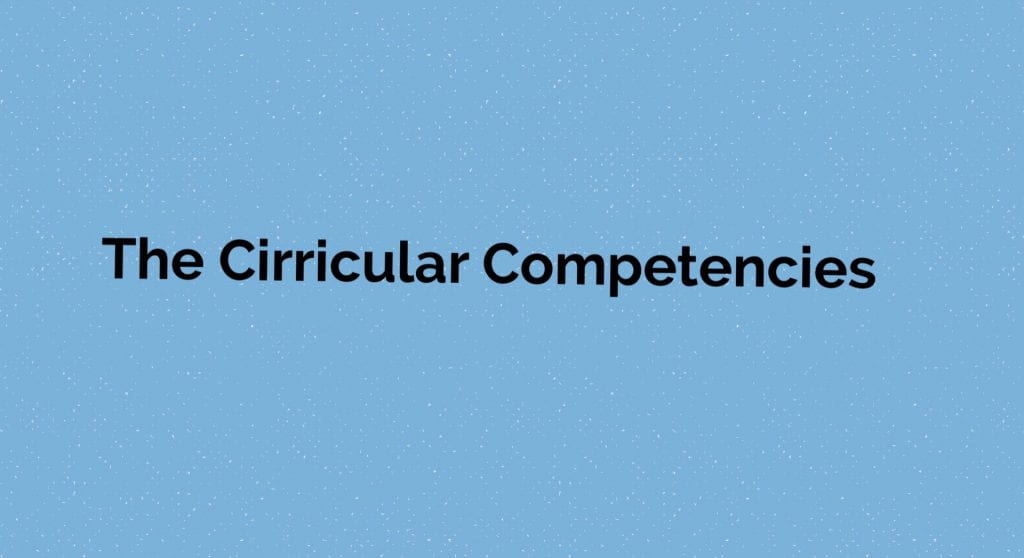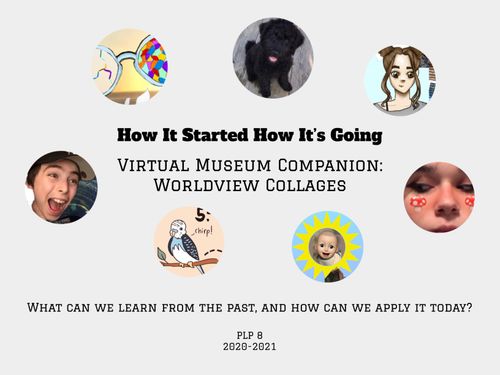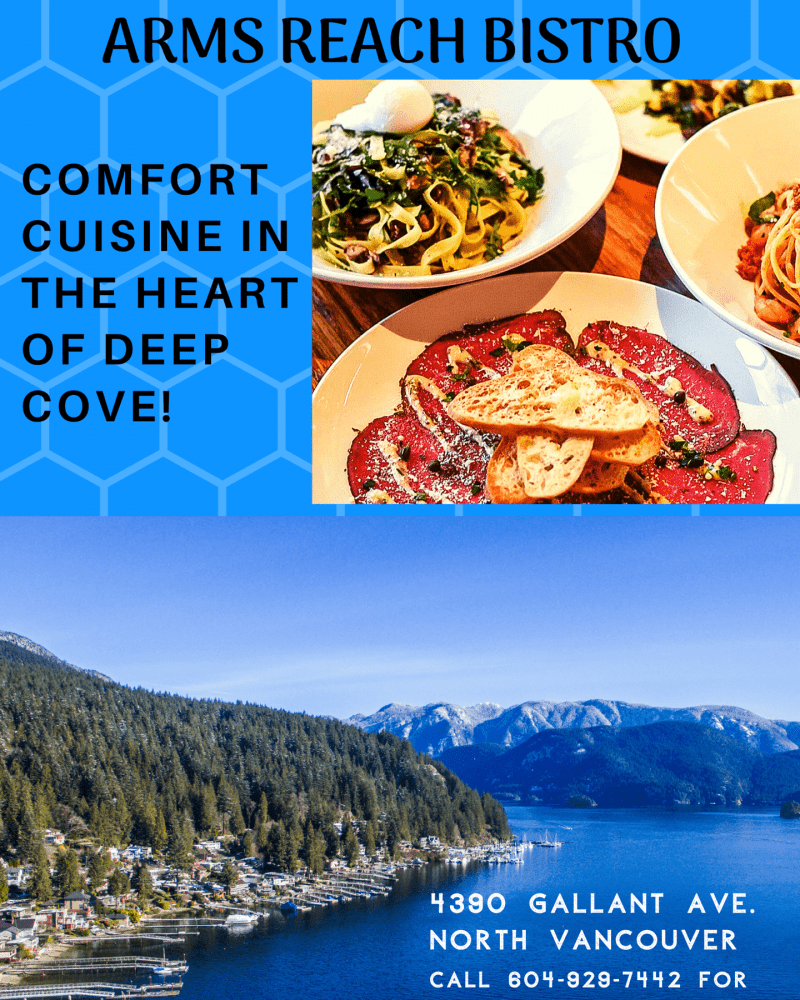Hi everyone, welcome back to my blog.
Today I’ll be writing about the recent project I have been working on in Scimatics 8.
This project is called the “Ultimate design challenge”, and is all about creating a model of an object that either maximizes volume or surface area.
The driving question in this project was; “How can we design an object to optimize its shape?”.
My answer to that is that you can design an object to optimize it’s shape by using design softwares and by using various math strategies.
This project was a group project, and my partner was Zach. Here’s a link to his blog: Zach’s Blog
To demonstrate my learning, I will be highlighting the milestones/stepping stones that helped me reach an answer to the driving question.
The first milestone I will be highlighting is milestone 2. The goal of milestone 2 was to finish our Tinkercad model and also have completed formulas to calculate each shape of our design.
My partner and I chose to model after an Alienware gaming PC and a Steelseries Apex 3 gaming keyboard. (I created the keyboard and he made the PC.)
I think that I really underestimated how hard making this model would be. For example, it was hard to move shapes around, set shapes at the right angles. And also, it was hard to keep my composure. However, the more I used the software, the more I understood it.
The next step after completing the model was to get it 3D printed, unfortunately, my model wasn’t 3D printed.
Here’s the formulas I decided to use to calculate my objects☝️
The next milestone I will be highlighting is Milestone 5, which was our presentation to the class.
In this presentation we demonstrated to the class what we did, why we chose to do it, and our final calculations.
One thing that I was really proud of from our presentation is how we talked more about the process of doing everything than just taking about the calculations.
If you want to look at our keynote deck, click this link: Ultimate Design Challenge Presentation
Every project we do in PLP is guided by the curricular competencies. To show my learning, I will describe what went well in each competency and what I could improve on.
The Cirricular competencies in this project were, Applying and Innoavating, Reasoning and Analyzing, and Communicating and Representing.
Applying and Innoavating: Contribute to care for self, others, community, and world through personal or collaborative approaches.
I think that at times during this project I was off task, however near the end I was really locked in and was focused on getting different tasks done. For example, in milestone 3, (which was our calculations of our models), I focused more on getting it done with quality and not with speed and it really paid off.
Reasoning and Analyzing: Model mathematics in contextualized experiences.
When I first started modelling my object in Tinkercad, I had lots of trouble navigating the software. However the more I attempted to understand the different functions, the more used to the software I got. I learned to show this growth by completing and demonstrating my fully completed 3D model.
Communicating and representing: Explain and Justify mathematical ideas and decisions.
When I first started learning more about surface area and volume in the worksheets it was pretty difficult to understand. However, the more I did practice in the workbook, the easier calculations different objects got. I learned to show this growth by calculating the various shapes of my model in Milestone 3.
In summation, I found creating a 3D object in Tinkercad to be really cool! At the beginning of the project my understanding form technology was very minimal, and by using this software I think I expanded my knowledge. I also benefited from the extra math practice that this project had. In all, it was a fun project with many challenges.
Thanks for reading today’s blog!

























